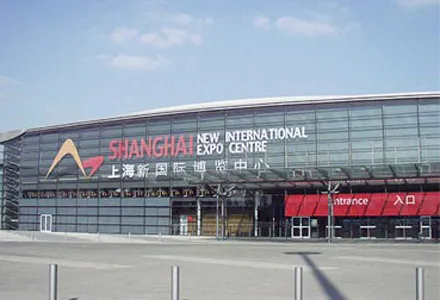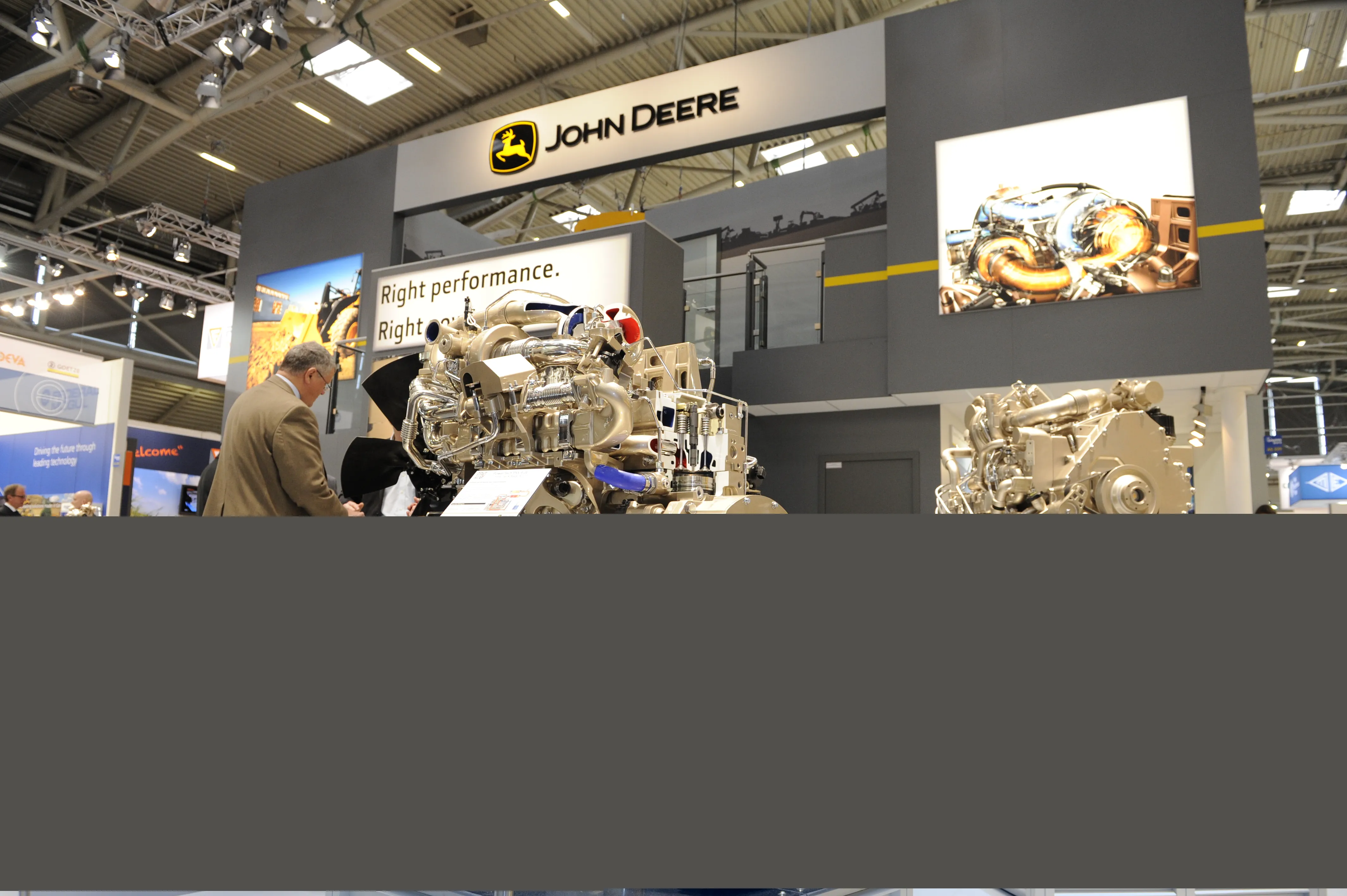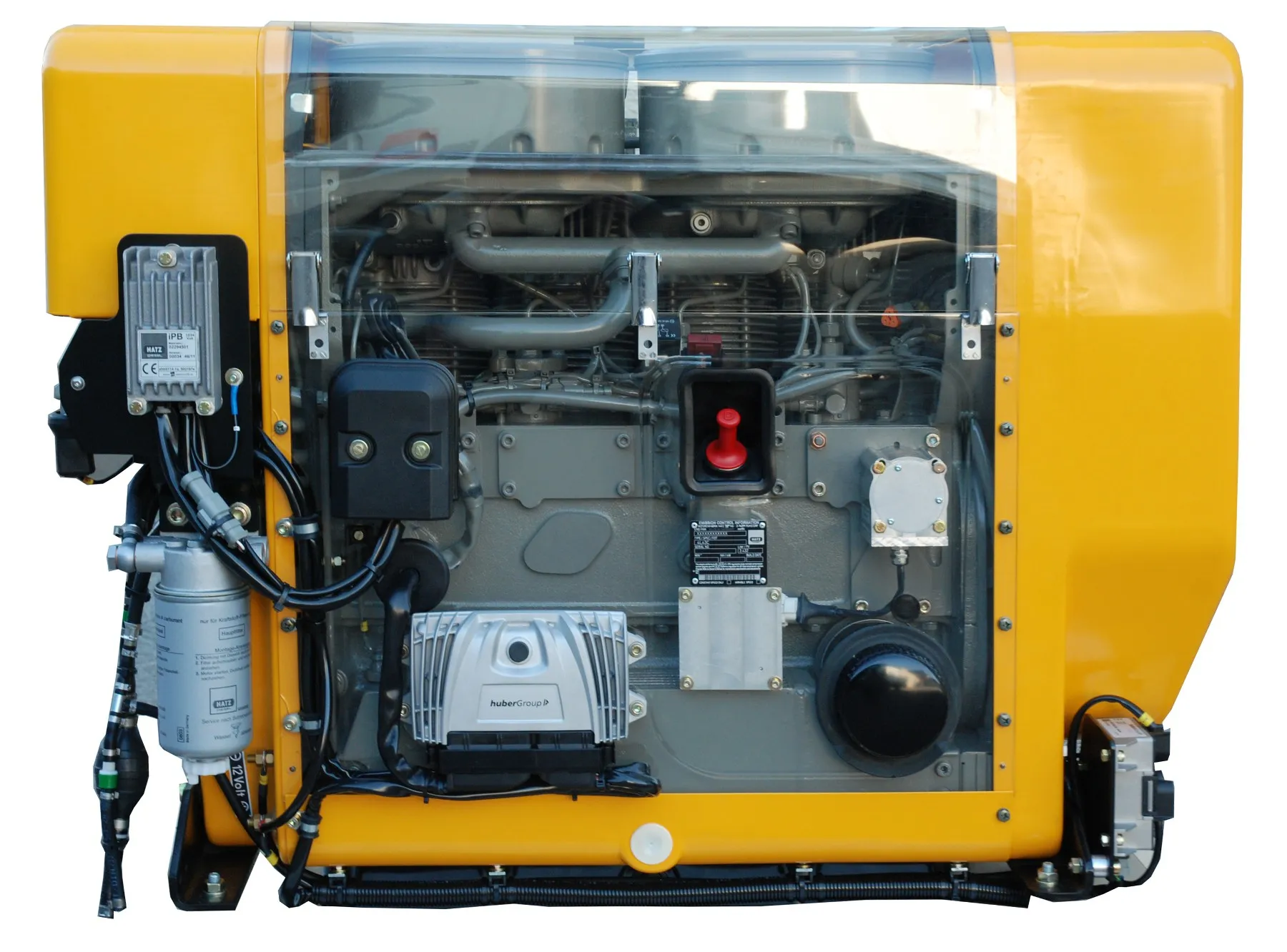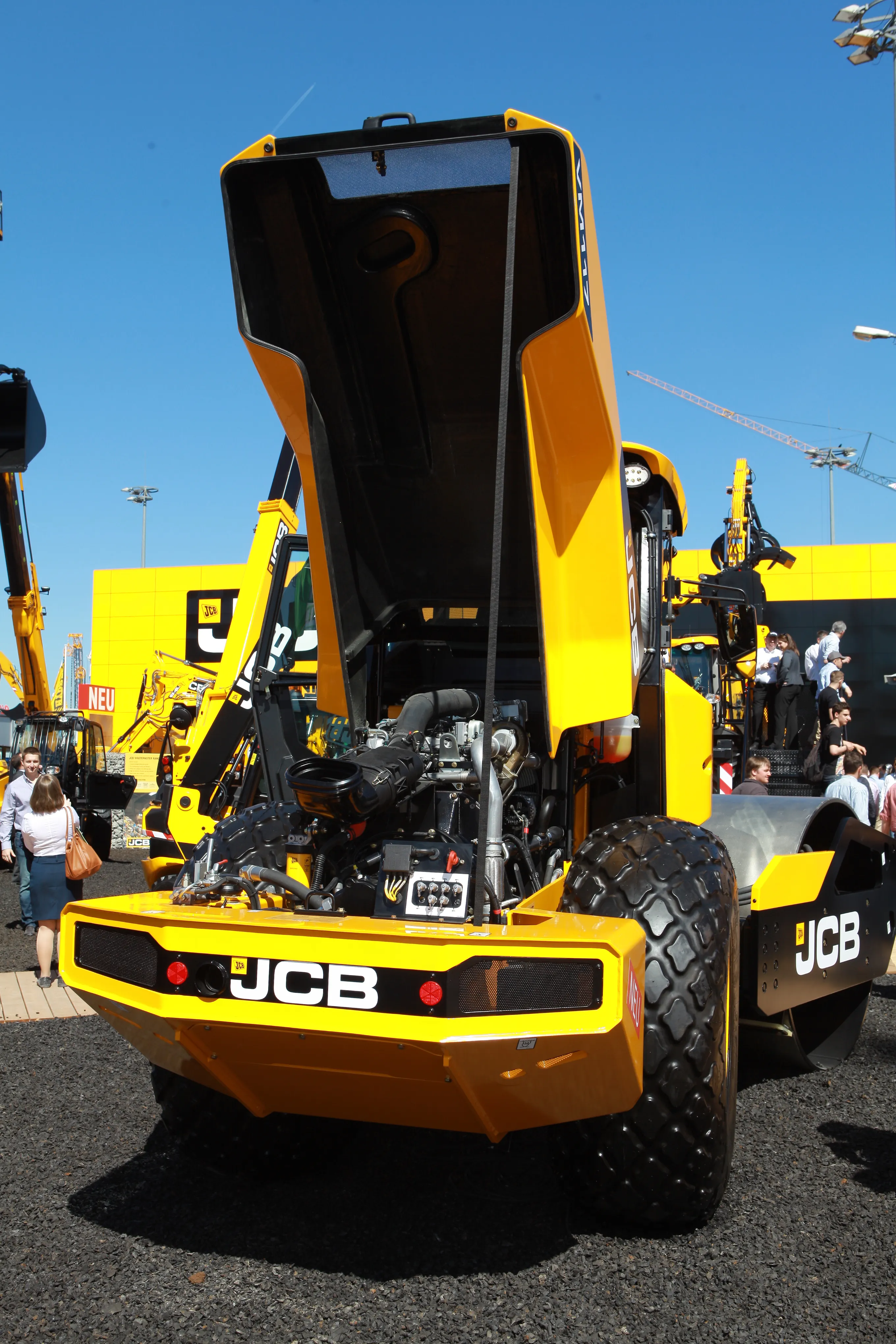Engine manufacturer Deutz showed its Tier 4 exhaust emissions standard TCD 3.6 L4 engine to the Chinese market for the first time. Described by Deutz as ultra-compact, this water-cooled four-cylinder engine covers the 55.4-97kW power output range and is claimed to generate a power output comparable with that of a 4.5litre, turbocharged Tier 3 engine. Deutz went on to say that rigorous engine downsizing now provides its customers with additional installation space for exhaust after treatment components. The
November 28, 2012
Read time: 1 min

Engine manufacturer 201 Deutz AG showed its Tier 4 exhaust emissions standard TCD 3.6 L4 engine to the Chinese market for the first time. Described by Deutz as ultra-compact, this water-cooled four-cylinder engine covers the 55.4-97kW power output range and is claimed to generate a power output comparable with that of a 4.5litre, turbocharged Tier 3 engine.
Deutz went on to say that rigorous engine downsizing now provides its customers with additional installation space for exhaust after treatment components. The engine meets the requirements for Tier 4 <56kW as well as EU Stage III B and EPA Tier 4i >56kW when fitted with a DVERT oxidising catalytic converter, and for EU Stage IV/US Tier 4 >56kW with SCR.
DEUTZ's presence in China currently encompasses a sales and service company in Beijing plus three joint ventures in Dalian, Shandong and Weifang.
Deutz went on to say that rigorous engine downsizing now provides its customers with additional installation space for exhaust after treatment components. The engine meets the requirements for Tier 4 <56kW as well as EU Stage III B and EPA Tier 4i >56kW when fitted with a DVERT oxidising catalytic converter, and for EU Stage IV/US Tier 4 >56kW with SCR.
DEUTZ's presence in China currently encompasses a sales and service company in Beijing plus three joint ventures in Dalian, Shandong and Weifang.
%$Linker:








